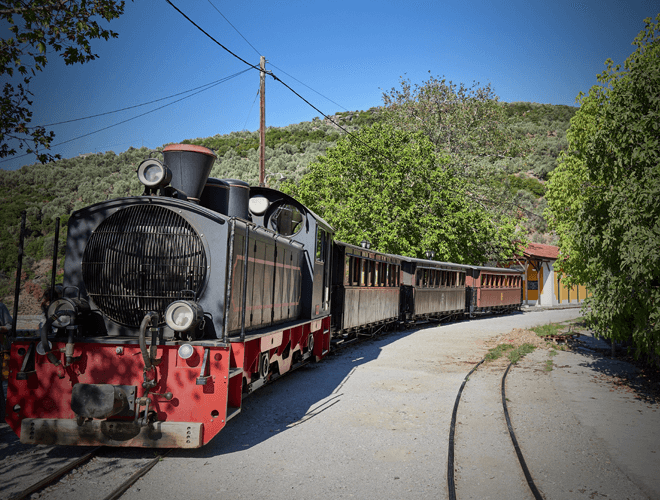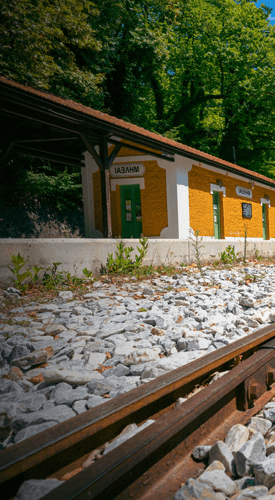
The Thessalian Mountain of Pelion is located between the Aegean Sea and Pagasitikos Bay.
The dense vegetation with the endless sea as a background set up a mythical scenery, famous since the ancient times. At this location ‘Titanomachy’ took place and in Pelion’s forests Centaurs used to live, most popular of whom being Chironas. Some of his students were Hercules, Achilleas, Jason and Asclepius.
Using wood from Pelion’s forests, the Argonauts constructed the boat of Argo which was dedicated to Poseidon and set off to discover unknown countries spreading Hellenism there. Today Pelion consists of 24 villages. Some of them are surrounded by dense vegetation while others embrace the Aegean Sea.
Full of history, natural beauty and people living detached from the hassle and bustle of the big cities. The wonderful Pelion is waiting for you to discover it.
Agapitos Village is located in the east part of Pelion at a walking distance from its most beautiful beaches. The beaches of Pelion are well known for their crystal clear water and the amazing scenery of the Centaurs Mountain. It combines both mountain and sea perfectly.
This wild – looking beauty of the Aegean Sea is impressive to visitors at first sight and is therefore an ideal destination for families and those looking for romantic walks. Their unique beauty in the secluded beaches together with cosmopolitan air other ones can satisfy all sorts of people.
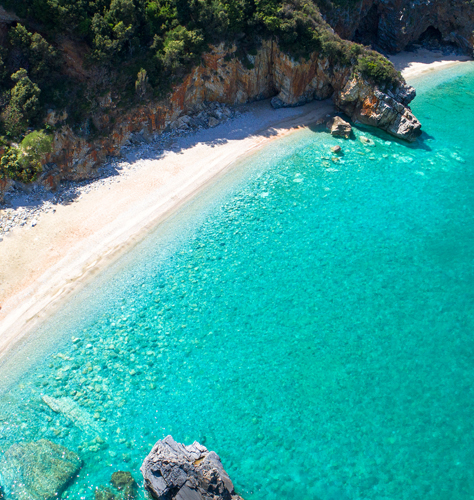
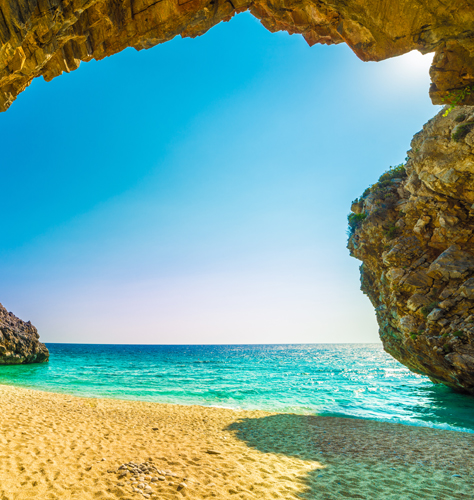
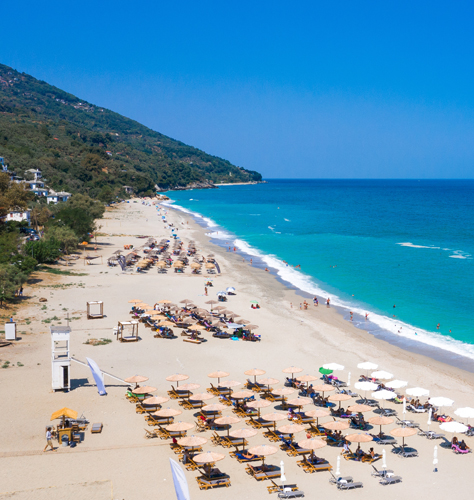
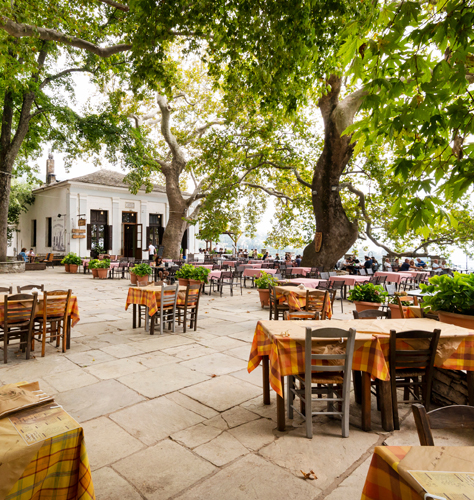
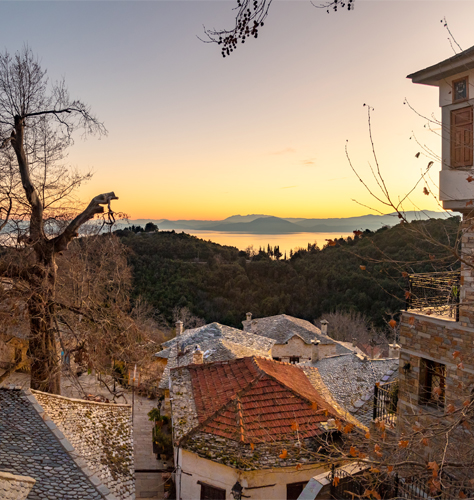
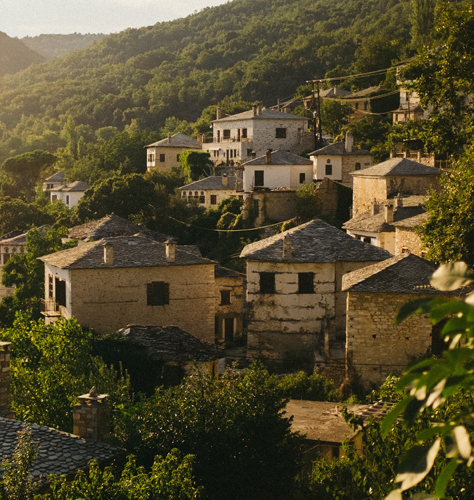
The mountainous villages of Pelion constitute a place of such beauty that it can rarely be seen anywhere else in Greece. These villages are full of picturesque sceneries, green vegetation, golden beaches and the deep blue sea waters.
In the whole area of Pelion there are about 70 villages scattered both at the bottom and the top of the mountains. They all make up the splendor of the Centaurs Mountain. Most of them are decorated with pebbled alleys or paths leading to magical l. Pelion architecture converts each village into a small part of a big mosaic whose complete concept can be perceived only if you visit all of them. Visiting them all is a lifetime experience. It is no wonder that anyone visiting the legendary mountain always come back to seek out new experiences.
Through the Pelion area there are churches, monasteries and settlements scattered like special decorations. They all are worth visiting. In most churches you will see beautiful icons and works of art made by the famous artist Theofilos and the sculptor Nikos. Their architecture is also typical of Pelion.
In almost all of the churches you can admire the wooden carved screens, distinctive works of art of a very particular style which will definitely fascinate you. It is also worth spending some time on finding out about the history background of each church as most of them used to be the beacons for many revolutions and liberation struggles of our nation.
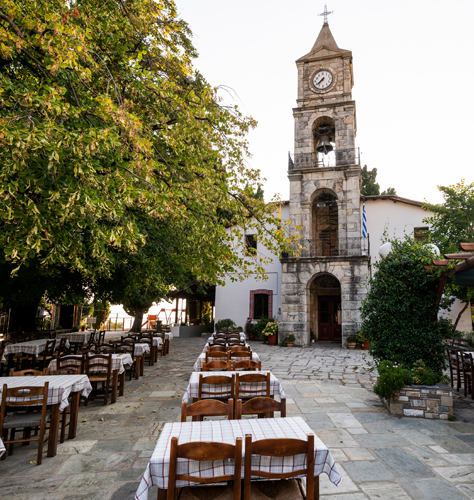
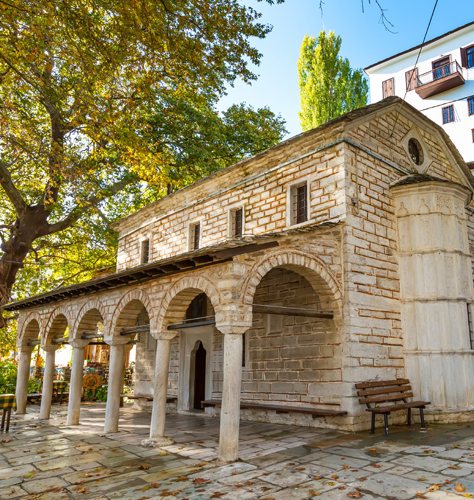
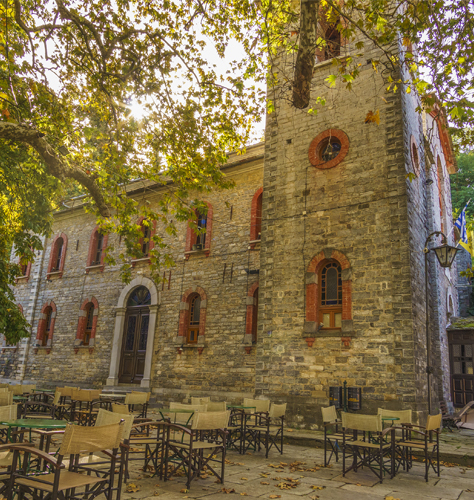



Being completely on its slopes, Pelion offers many opportunities for any kind of touristic activity. Anyone can try hiking, mountain biking or horse riding as there are many forest and countryside roads and paths useful for these activities and those who want to explore and enjoy places routes of great beauty with amazing view.
These unique routes passing through fascinating forests on these unique paths in Pelion will be a real reward for you.
The hills in Pelion offer adventure of any kind of motorbikes, cars and jeeps. There are hundreds of kilometers of rough roads in the mountains across the dense vegetation, full of high-rise trees of wild chestnuts and beech trees close to stone bridges over cold crystal-clear rivers.
Pelion will satisfy all lovers of aquatic sports. You can go sailing, windsurfing, water skiing or kayak. Aquatic sports are the best way to enjoy sea, the beautiful coasts and beaches of Pelion from a different perspective.
Our visitors, especially the ones choosing spring or summer should not miss out a ride with the Pelion train. It is a train coming from old times which follows routes as if they were in the fairy tales The steam-engine train, earlier known as Moutzouris, played a great part in the development and history of Pelion and the whole district of Magnissia.
The construction works of the railway tracks were started at the end of 1894 and the first part of it which joined the town of Volos to the village of Lehonia was completed in 1895. By 1903 the railway network was extended to the village of Milies covering 29kms in total. During this period six bridges were also constructed to help the train journey be completed. Five of these bridges were made of stone and they formed impressive arches whereas the sixth was an iron one.
